KYIV NATIONAL LINGUISTIC UNIVERSITY презентация
Содержание
- 2. Plan The subject of the History of the English Language. PIE
- 3. Literature Расторгуева Т.А. История английского языка. – М.: Астрель, 2005. –
- 4. Why should we learn the History of the English language? In
- 5. There are approximately 7000 languages in the world. Languages can be
- 7. Indo-European family has 12 important branches: Indian, Iranian, Baltic, Slavonic, Germanic,
- 8. Common Germanic branch later split up into three groups: Common
- 10. In the 5th c. AD some of the Germanic tribes which
- 12. The English scholar The English scholar Henry Sweet
- 13. The Seven Kingdoms of the Heptarchy [ʹhepta:kı] Germanic tribes formed in
- 14. OLD ENGLISH DIALECTS The language is represented by four dialects: Northumbrian,
- 15. Each of the periods may be characterized by specific features in
- 16. Word Stress in PG Due to the force of articulation
- 17. PIE CONSONANT SYSTEM
- 18. PG CONSONANT SYSTEM
- 20. Jacob Grimm (1785 – 1863)
- 21. Jacob Grimm and Wilhelm Grimm
- 22. The changes of consonants in PG were first formulated in terms
- 23. The First Consonant Shift (Grimm’s Law, PG Consonant Shift)
- 24. Exceptions A PIE voiceless plosive followed the voiceless fricative [s]: Lat.
- 25. Rus. ты – OE þu Lat. altus → OE ald Lat.
- 26. When Grimm's law was discovered, a strange irregularity was spotted in
- 27. Carl Verner (1787 – 1832) Karl Verner, a Danish scholar, noticed
- 28. Verner’s law explains regular correspondences of consonants which seemed to contradict
- 29. Voicing of fricatives in PG (Verner’s Law)
- 30. Lat. pater – Eng. father Grimm’s Law p > f Verner’s
- 31. PIE Early PG Late PG
- 32. Verner’s law accounts for the appearance of the voiced fricative [р]
- 33. As a result of voicing by Verner’s Law there appeared an
- 34. PIE VOWEL SYSTEM
- 35. PG VOWEL SYSTEM
- 36. The Common Germanic Vowelshift (1 BC – 1 AD) PIE
- 37. These changes are important for us to know because they explain
- 38. The Germanic fracture (breaking/mutation) PIE PG e → i i/j,
- 39. PG VOWEL SYSTEM
- 40. The Noun
- 41. Most nouns and adjectives in PG, and also many verbs, had
- 42. The Adjective The Adjective agreed with the Noun in PG as
- 43. The Verb .The majority of the verbs in PG and in
- 44. STRONG AND WEAK VERBS The strong verbs built their basic forms
- 45. THANK YOU FOR YOUR ATTENTION!
- 46. Скачать презентацию









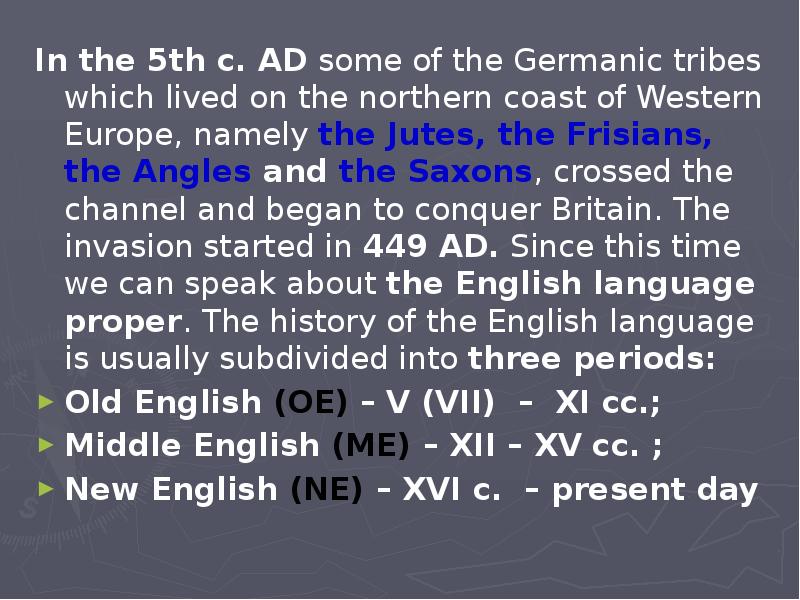


![The Seven Kingdoms of the Heptarchy [ʹhepta:kı]
Germanic tribes formed The Seven Kingdoms of the Heptarchy [ʹhepta:kı]
Germanic tribes formed](/documents_7/474ea29a1c80cc876ec993c7ee210e35/img12.jpg)



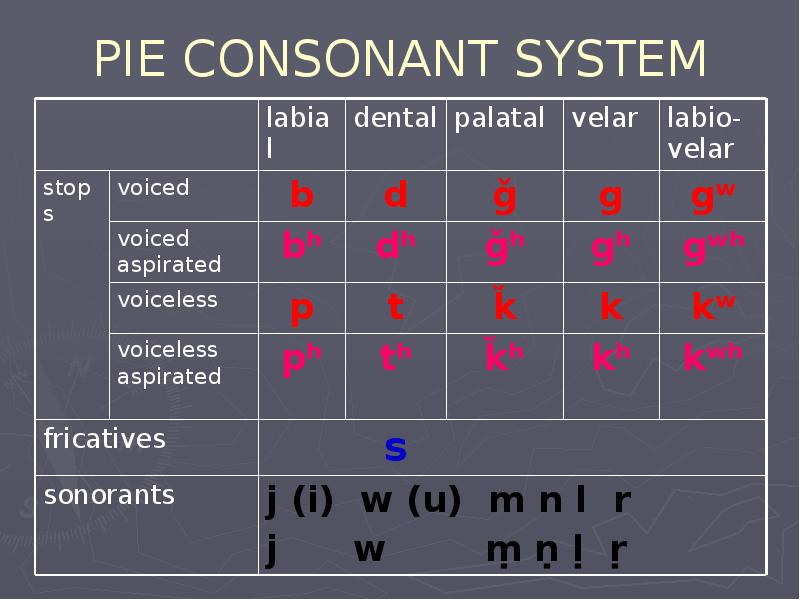
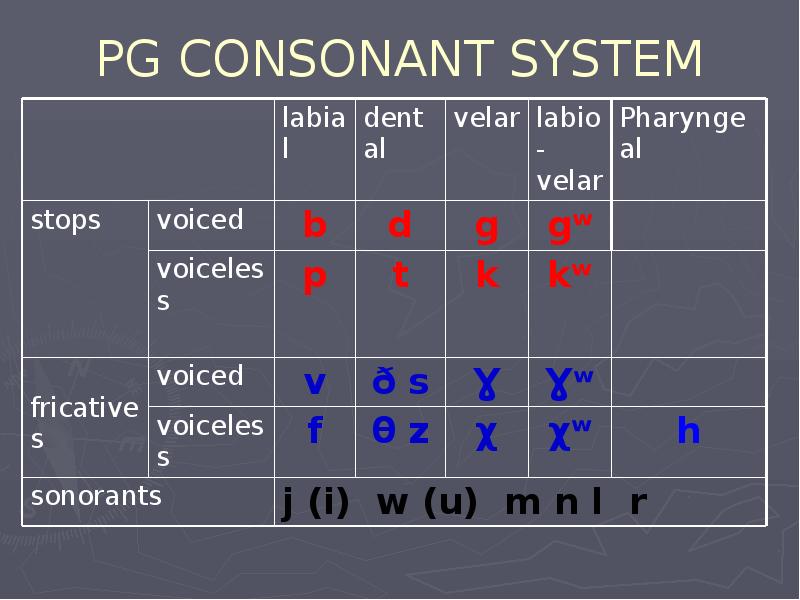
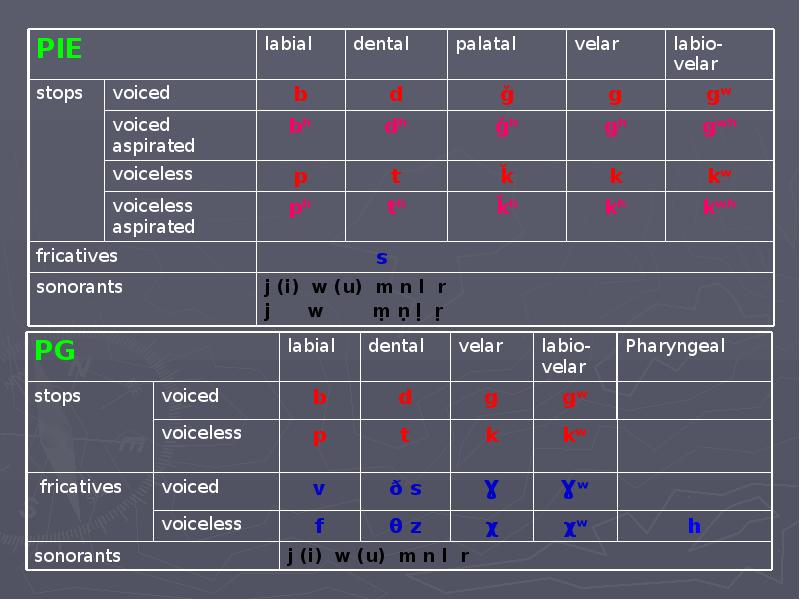
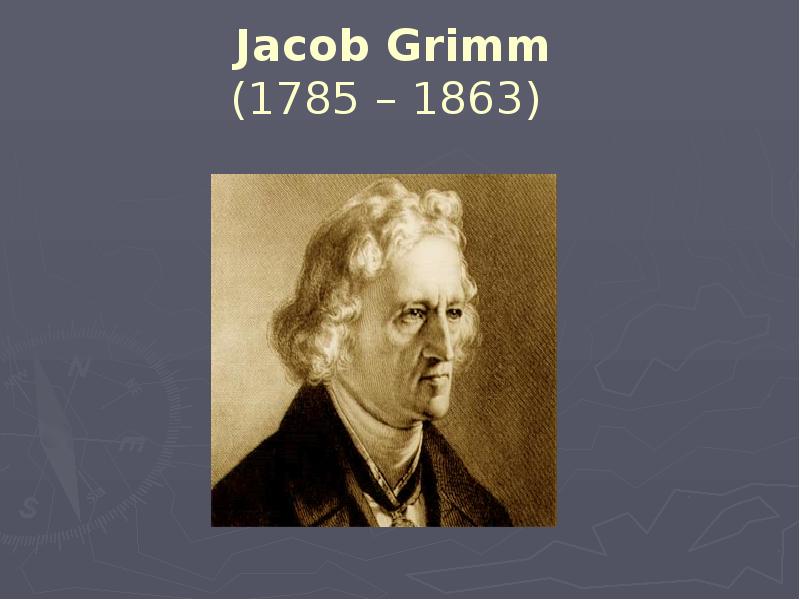
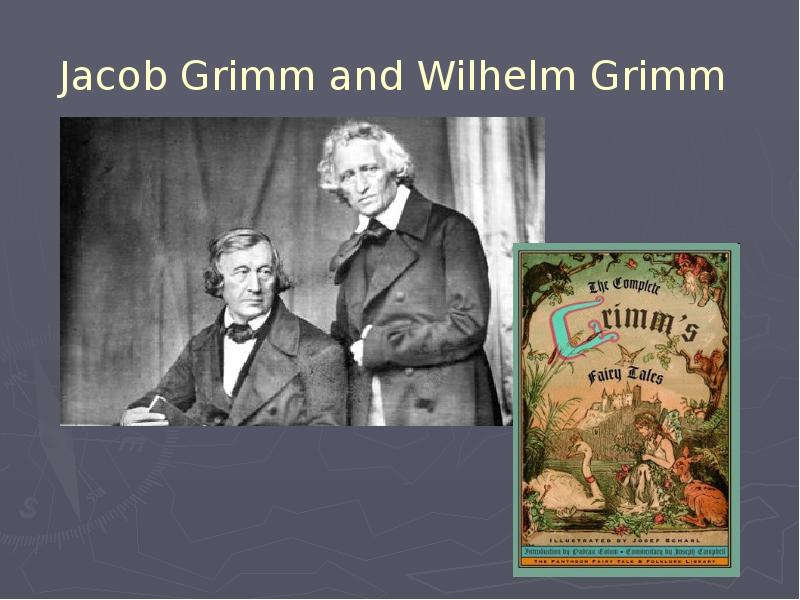
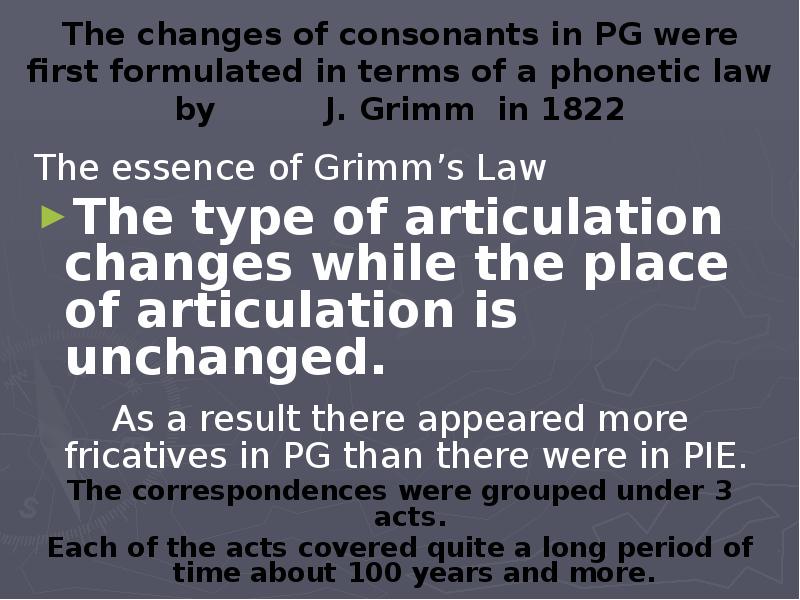
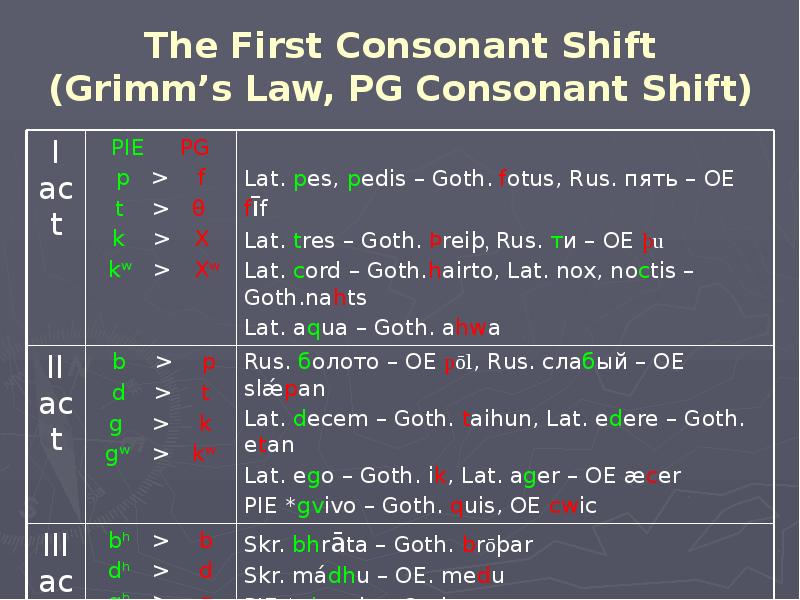
![Exceptions
A PIE voiceless plosive followed the voiceless fricative [s]:
Lat. Exceptions
A PIE voiceless plosive followed the voiceless fricative [s]:
Lat.](/documents_7/474ea29a1c80cc876ec993c7ee210e35/img23.jpg)
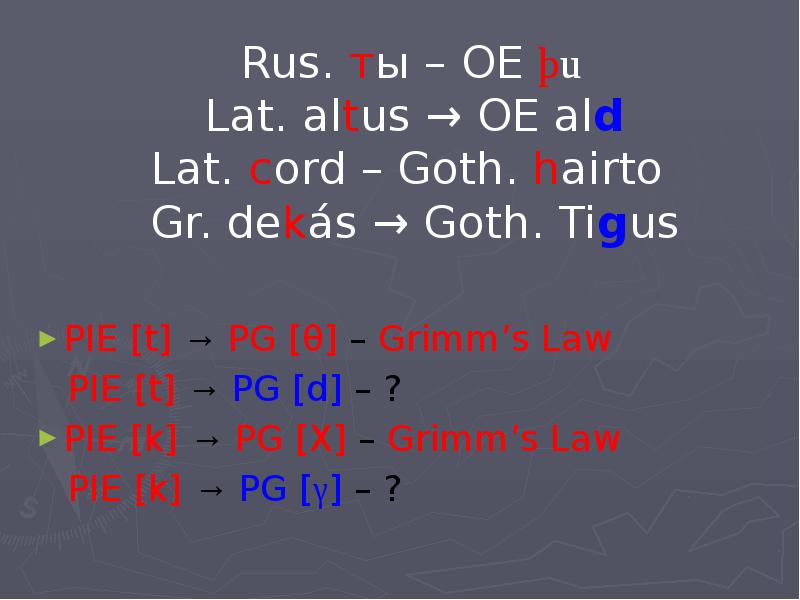
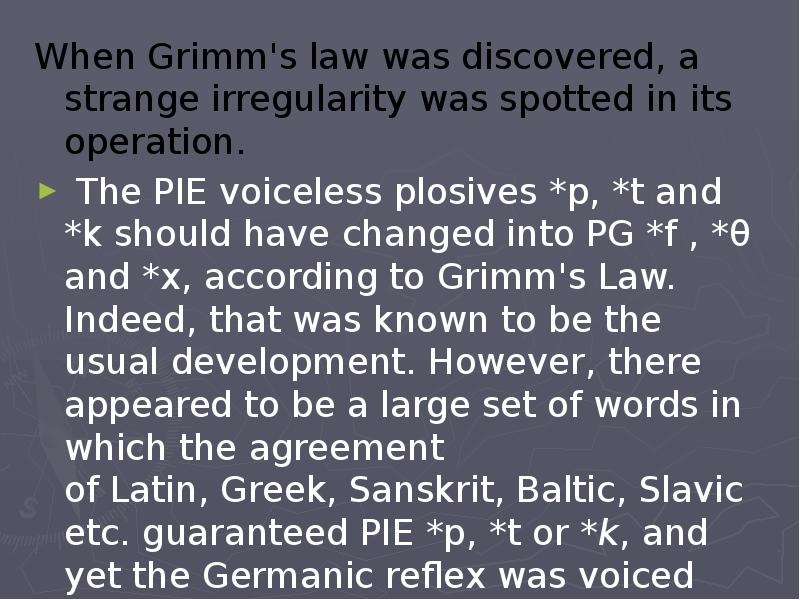
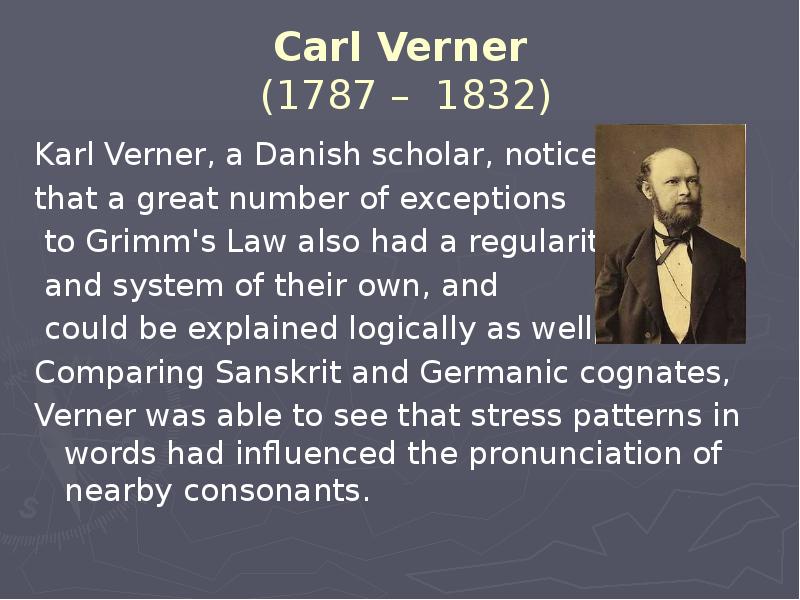
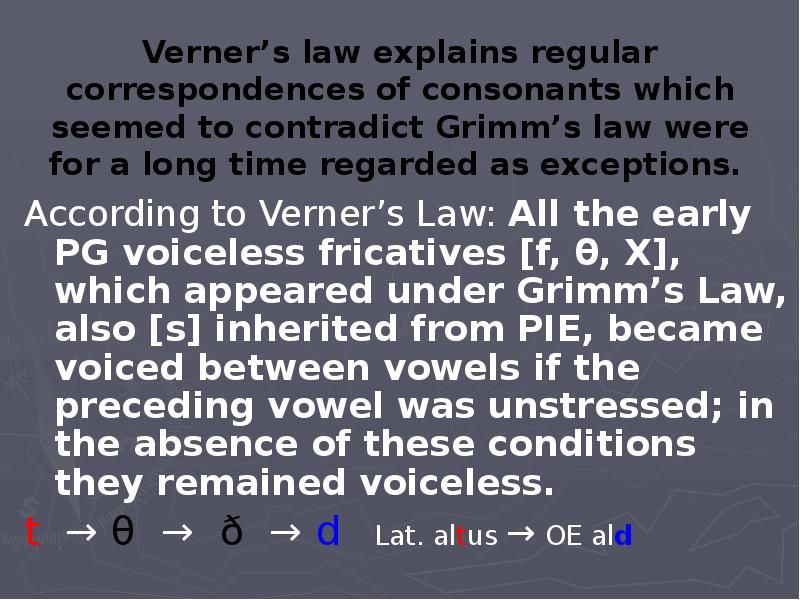
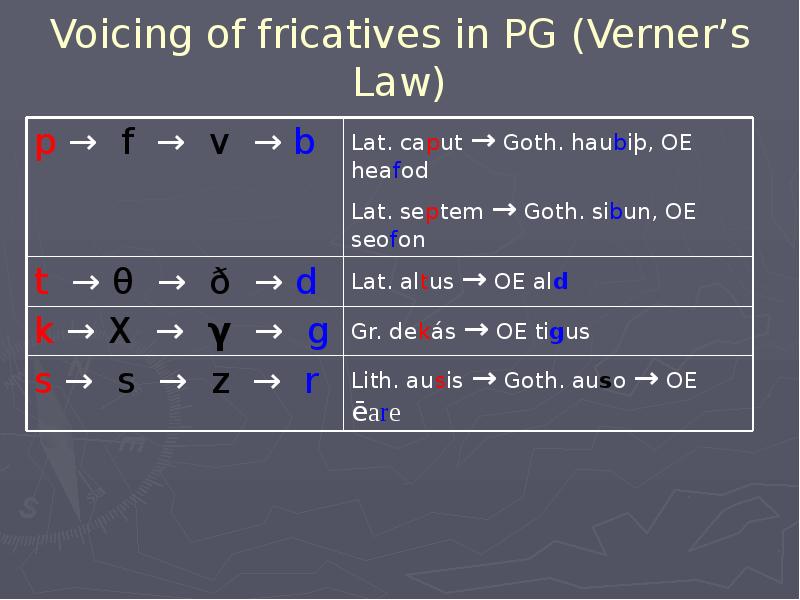
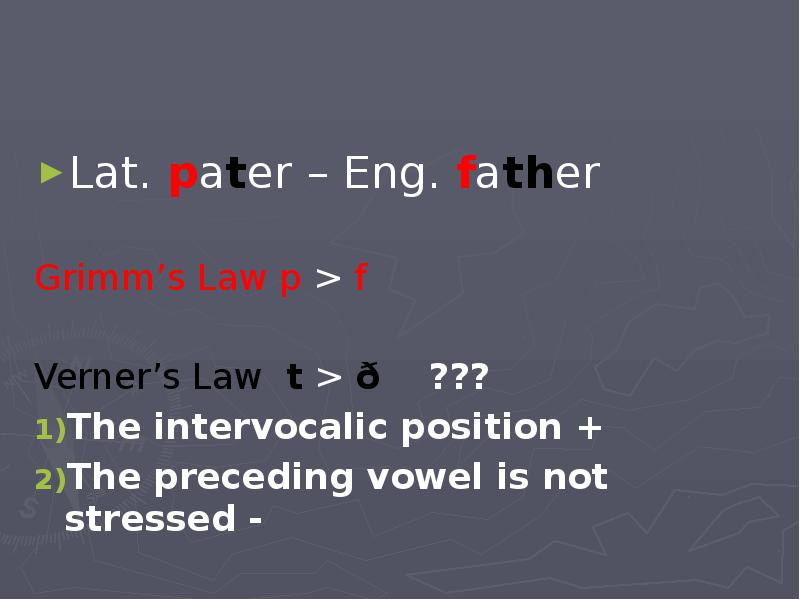
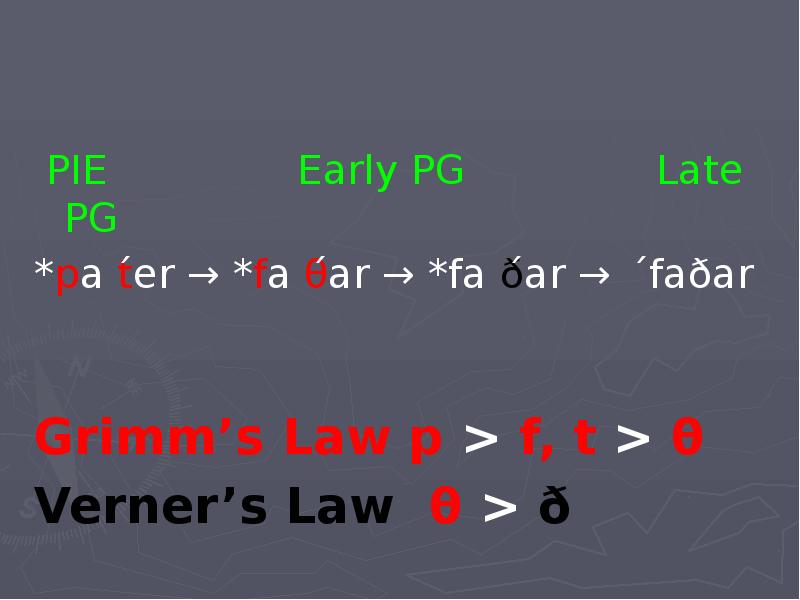
![Verner’s law accounts for the appearance of the voiced fricative [р] Verner’s law accounts for the appearance of the voiced fricative [р]](/documents_7/474ea29a1c80cc876ec993c7ee210e35/img31.jpg)
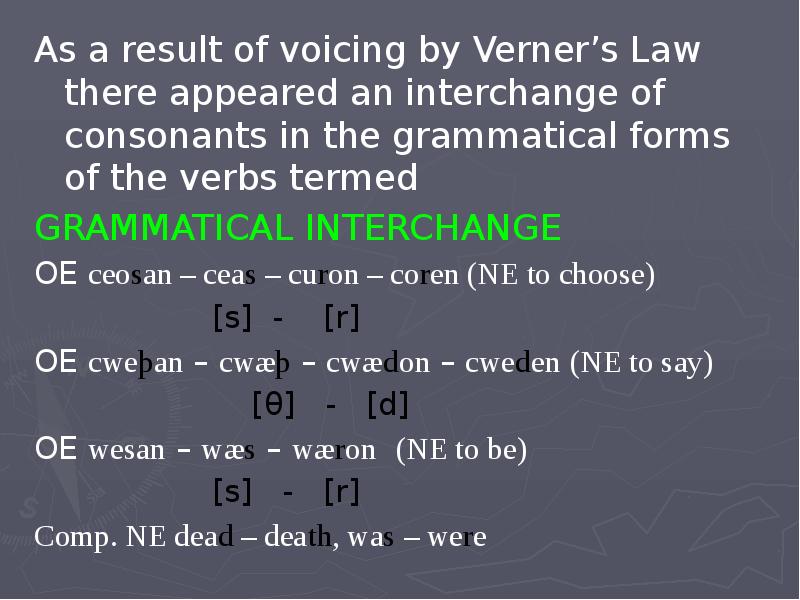
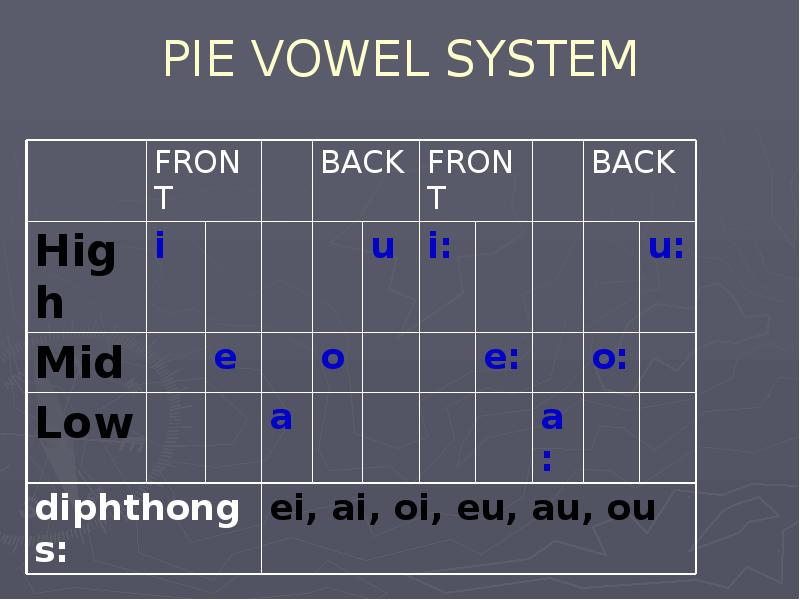
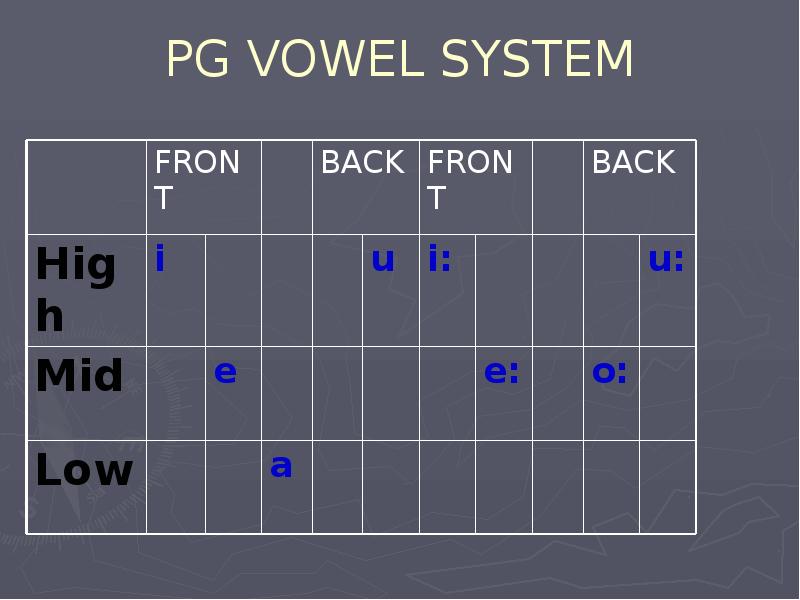
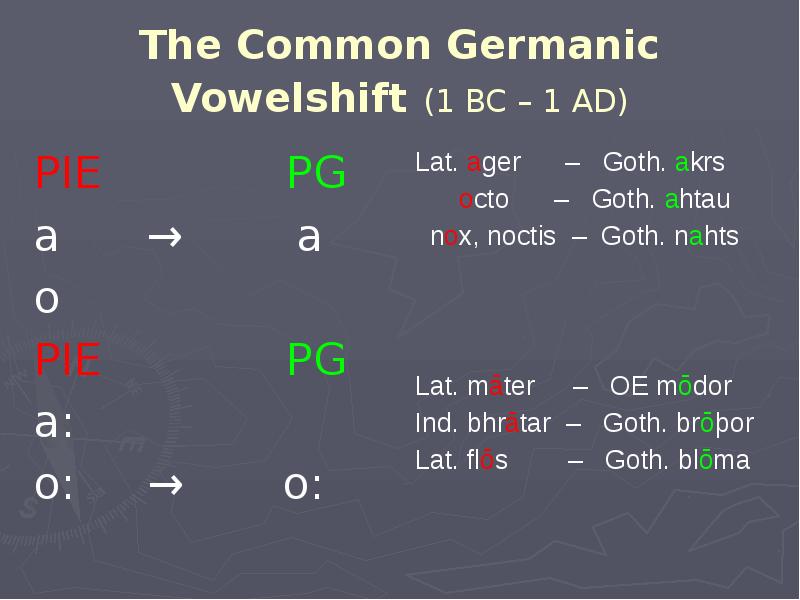
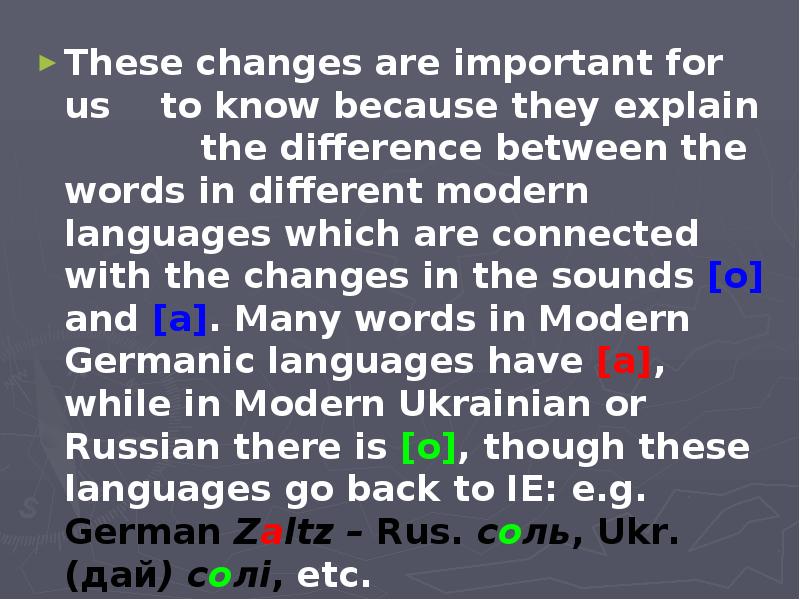

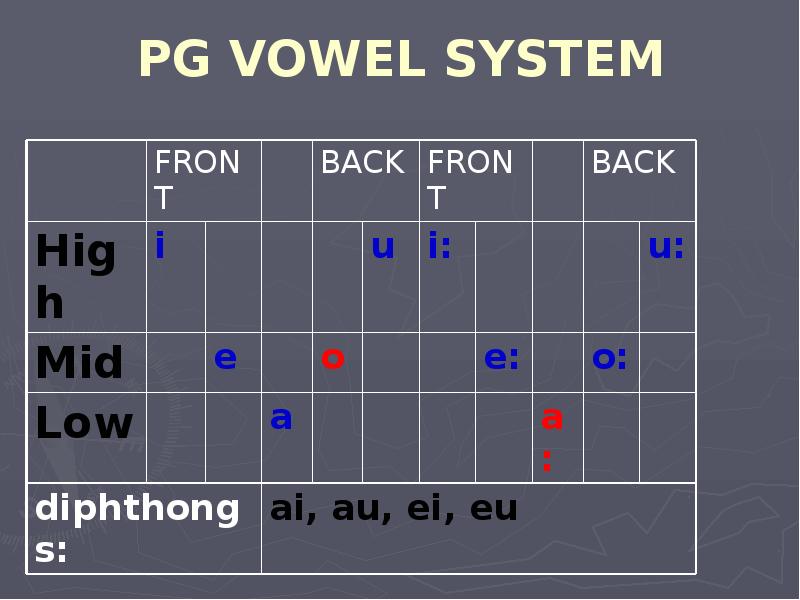
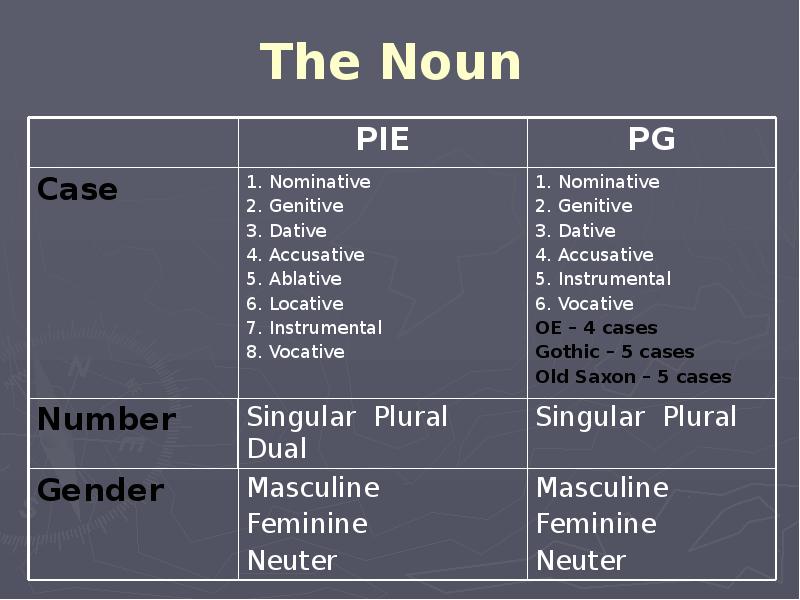
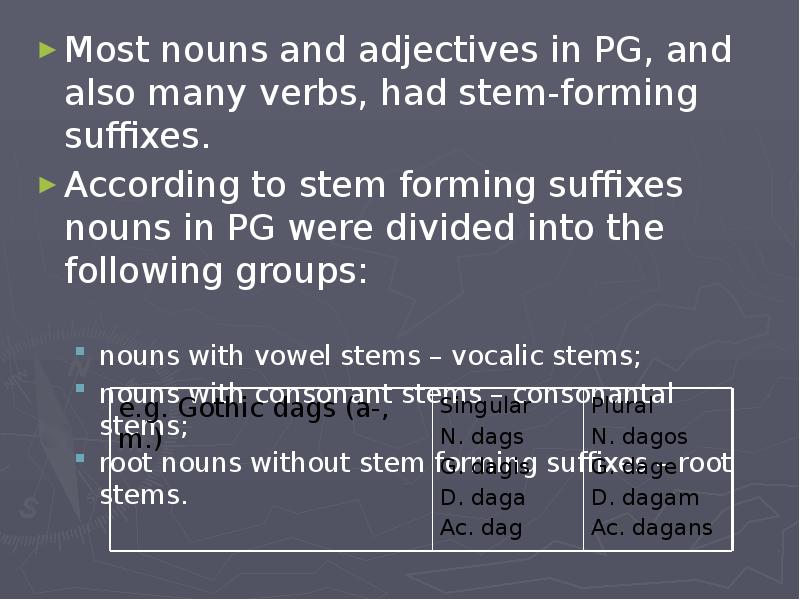
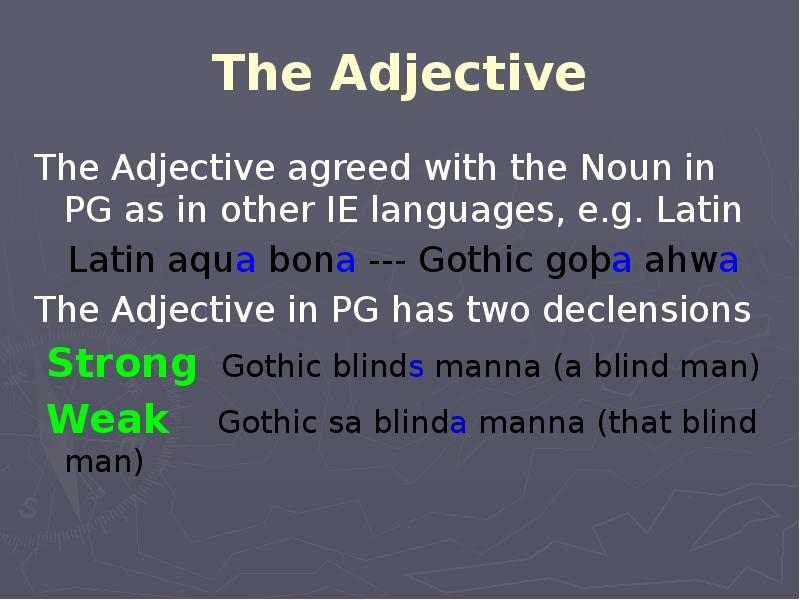
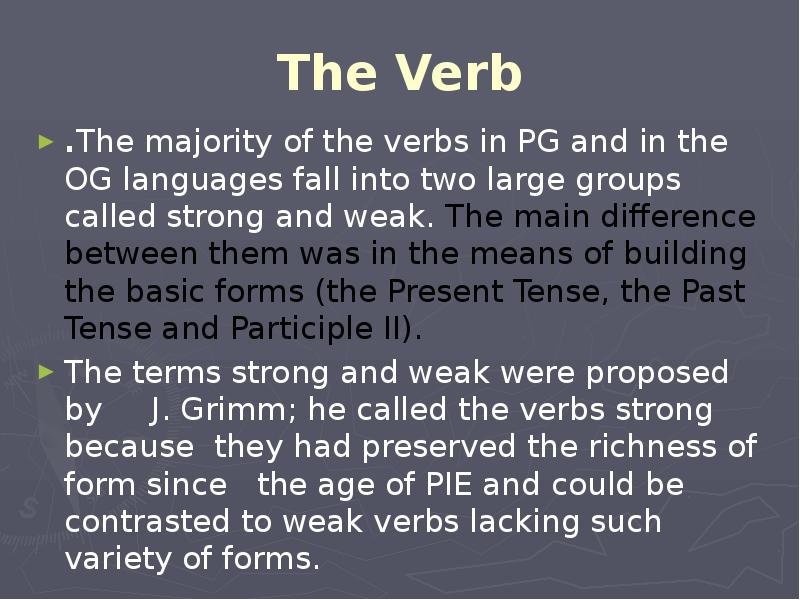
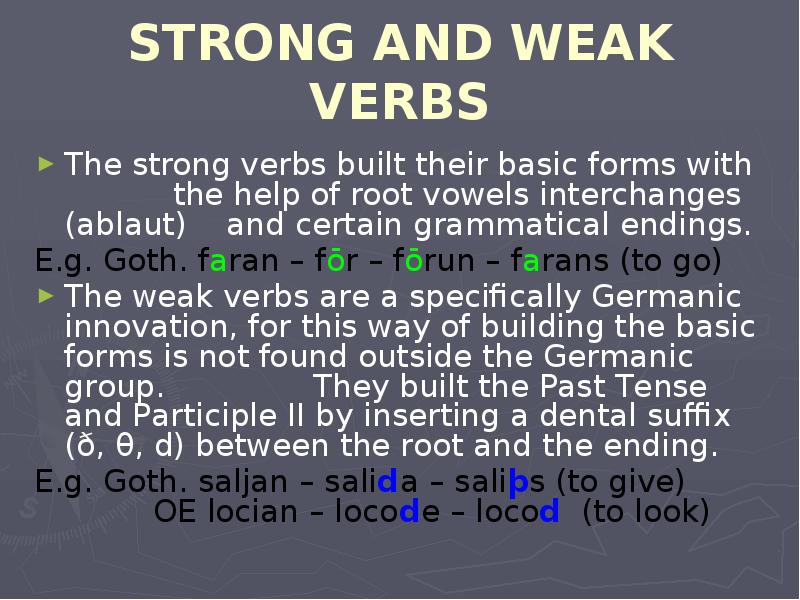

Слайды и текст этой презентации
Скачать презентацию на тему KYIV NATIONAL LINGUISTIC UNIVERSITY можно ниже:
Похожие презентации





























